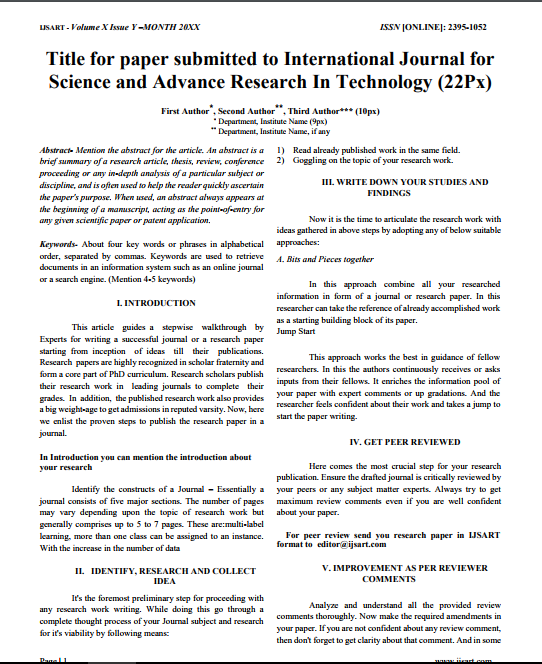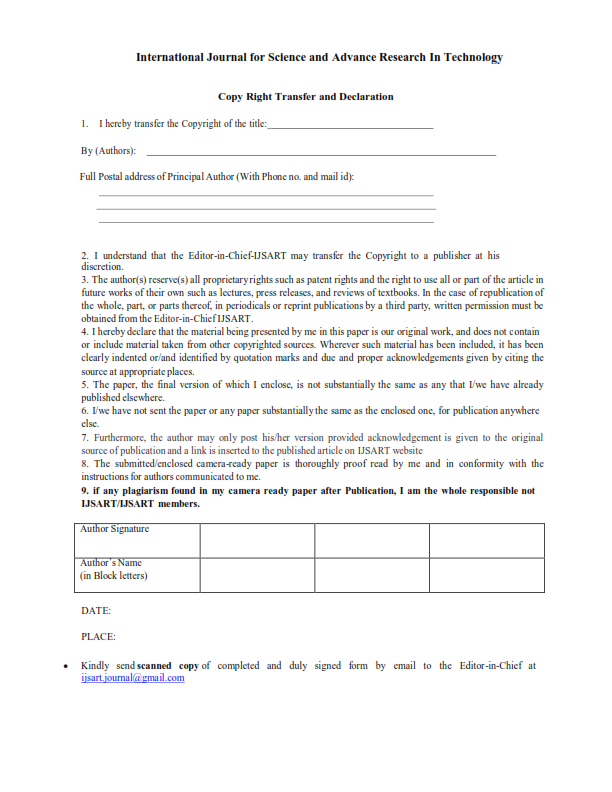Impact Factor
7.883
Call For Paper
Volume: 11 Issue 05 May 2025
LICENSE
Improvising Raodv Routing Protocol For Overcoming The Link Break Issue In Manet
-
Author(s):
Mr. Amitkumar J. Patel | Mr. Sandeep Rai
-
Keywords:
MANET, Ad Hoc On Demand Distance Vector (AODV), Reverse Ad Hoc On Demand Distance Vector Routing (R-AODV), Received Signal Strength (RSS), Reduce Link Breakage, Throughput, Packet Delivery Ratio
-
Abstract:
In Mobile Ad Hoc Networks, There Is No Centralized Infrastructure To Monitor Or Allocate The Resources Used By The Mobile Nodes. The Absence Of Any Central Coordinator Makes The Routing A Complex One Compared To Cellular Or Wired Networks. Here In MANET M
Other Details
-
Paper id:
IJSARTV3I917347
-
Published in:
Volume: 3 Issue: 9 September 2017
-
Publication Date:
2017-09-01
Download Article


